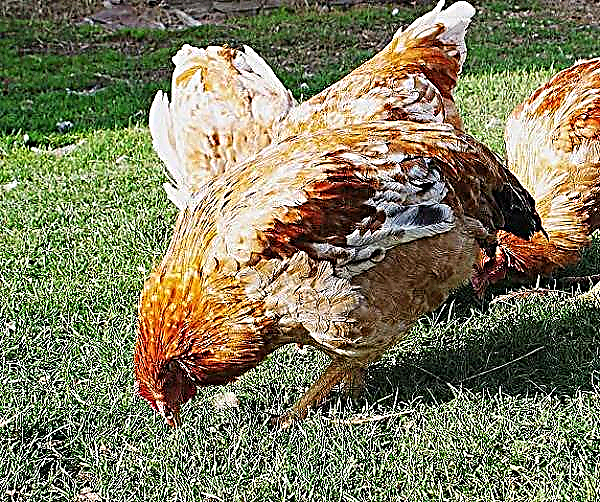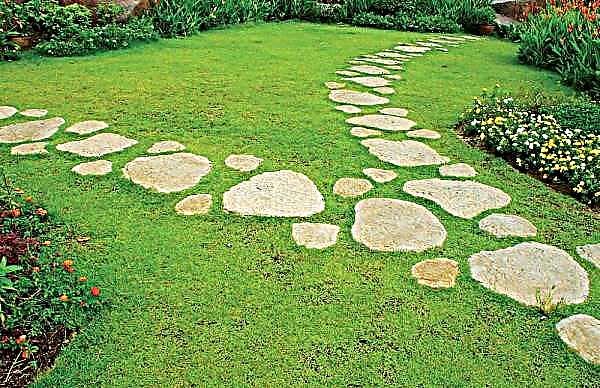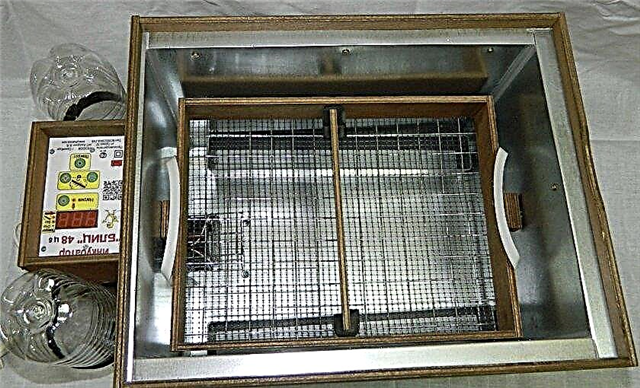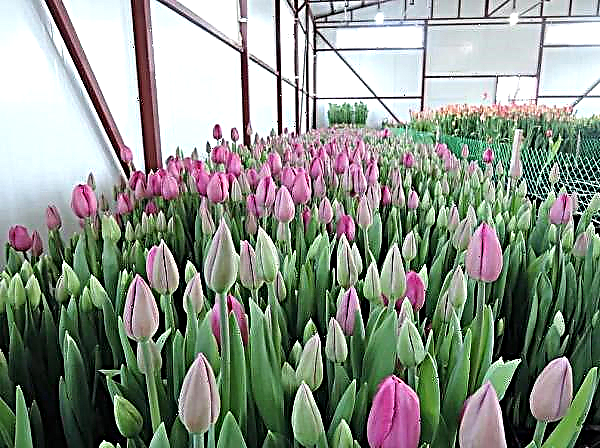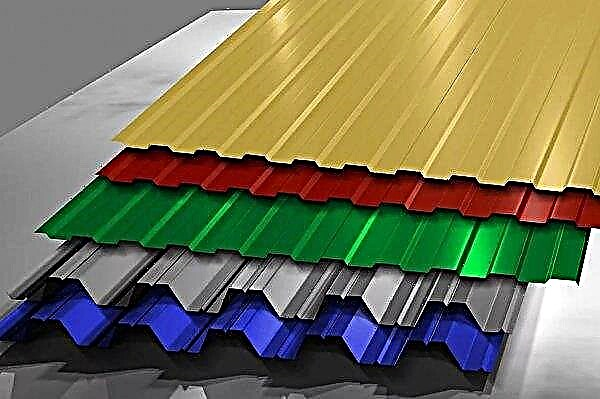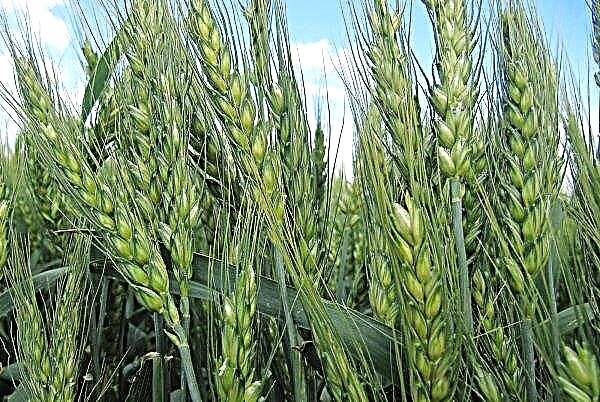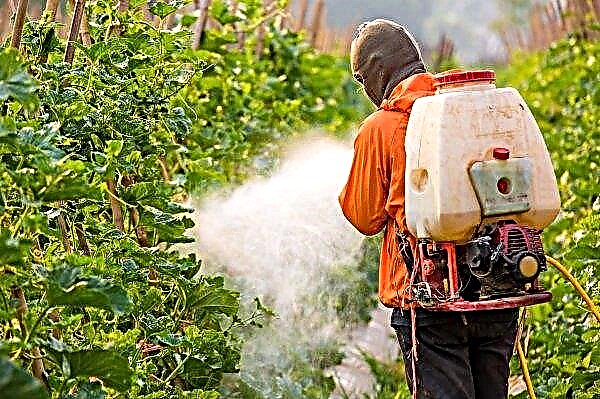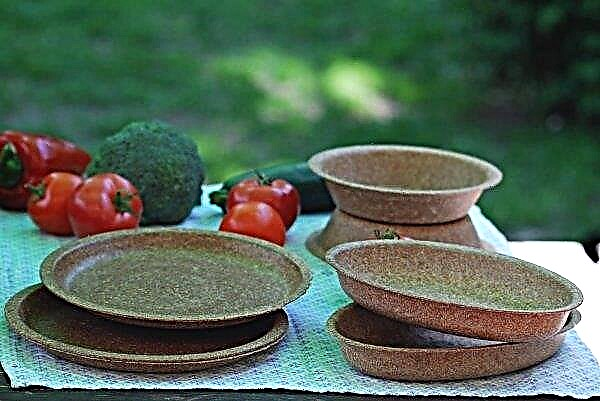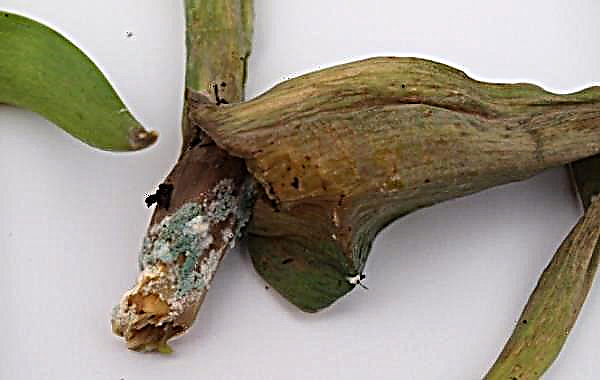Sansevieria is one of the leading places among the most popular indoor plants, and not by chance. She is extremely unpretentious in lighting and watering, and is also able to decorate any room. In this article, the most popular varieties of the flower, as well as the main subtleties of its cultivation, will be examined in detail.
Plant origin
Sansevieria refers to perennial, stemless, herbaceous plants from the Asparagus family. Its natural habitat is considered to be the zone of subtropics and savannahs, with rocky territory. Today these territories are located in the area of modern Asia, Central Africa, Madagascar, Sri Lanka and India. It is here that the species reaches its maximum size and peak development.
Sansevieria has been known for many centuries, since the time of primitive society. Local tribes of Africa and Asia have successfully used it for the manufacture of all kinds of crafts (bowstrings, ropes, etc.). The modern history of this plant begins in the XVIII century.
At this time, the Italian botanist Vincenzo Petagna isolated this plant during one of the scientific expeditions, and then brought it to Europe, where he conducted a detailed description. From this time begins the rapid development of sansevieria. From a nondescript plant for more than 200 years, many bright hybrids have been created by breeders. These flower varieties are distinguished not only by all kinds of foliage shapes and colors, but also by increased resistance to temperature conditions, as well as other environmental factors.
From this time begins the rapid development of sansevieria. From a nondescript plant for more than 200 years, many bright hybrids have been created by breeders. These flower varieties are distinguished not only by all kinds of foliage shapes and colors, but also by increased resistance to temperature conditions, as well as other environmental factors.
Today, this flower is considered a decorative species, but in the regions of natural origin it is still used to make various crafts.
Did you know? Sansevieria got its name in honor of the Italian prince San Severino Raimondo di Sangro, who made a huge contribution to the development of natural sciences, and especially — botanical discipline.
Popular types of sansevieria
Modern flower growers know more than 60 hybrids of sansevieria, but each of these plants has a similar shape and other morphological characters. The main differences are the color, as well as the size of the leaves, which give each individual variety its own exquisite qualities.
Three-way (Laurenti)
This hybrid is quite large, the average flower length is 30-60 cm, but with appropriate care it can be extended up to 1 m. The width of the leaf blade is about 7 cm. The leaves come out from the basal rosette, erect and sword-shaped, narrowed at the end. A characteristic spike grows at the top of the leaf. On average, 6–10 leaves are formed in one outlet, but more mature specimens may have more.
A characteristic spike grows at the top of the leaf. On average, 6–10 leaves are formed in one outlet, but more mature specimens may have more.
The leaves have an expressive striped ornament directed horizontally, yellow-green or pale green. With insufficient watering and poor lighting, the ornament disappears, the leaves turn dark green. Under optimal conditions, the plant may bloom.
Flowering is most often observed in the beginning or in the middle of summer. The flowers are small, collected in small racemose inflorescences. Their color is pale green, the smell is delicate and pleasant.
Big
The hybrid has become especially popular as the main decoration of halls or other non-residential premises. He is known for the specific structure of the leaves. The leaf blade often reaches about 150 cm, while its width can be up to 15 cm. The leaves are arranged strictly horizontally. The color of the plant is characteristic, a rich green hue, transparent dark green stripes with a reddish border are located on top of the main color.
The color of the plant is characteristic, a rich green hue, transparent dark green stripes with a reddish border are located on top of the main color.
Greater sansevieria is considered a flowering plant, however, flowers appear on it only under optimal conditions. During flowering, small whitish or greenish flowers with a diameter of up to 5 cm are formed on the plant. They form characteristic racemose inflorescences.
Cylindrical
This hybrid is considered to be one of the most exotic types of sansevieria. Instead of flat sword-shaped leaves, the plant is decorated with unusual leaves twisted into elongated tubular processes. Thus, in its shape, the flower resembles a lianoid bush, with a length of 40 to 150 cm. In large specimens, the leaves can intertwine, forming characteristic braids. The plant is painted in a bright green tint, with all kinds of light green horizontal stripes.
In large specimens, the leaves can intertwine, forming characteristic braids. The plant is painted in a bright green tint, with all kinds of light green horizontal stripes.
The view is not whimsical to lighting, so it can tolerate partial shade. However, instances grown under sufficient lighting can please with elegant flowering. During this period, long peduncles up to 1 m high, of a saturated green hue, are formed from a basal rosette, on which small, delicate white tones, flowers with bright pink tips are placed.
They gather in small spike-shaped inflorescences.
Hanni
The Hanni variety is a frequent resident of narrow window sills, since the hybrid is notable for its rather miniature size, as well as short, almost horizontal leaves. The average length of the leaf blade does not exceed 20 cm, on one plant they can grow from 6 to 10 pcs. The leaves have a rich green tint. On each sheet, horizontal stripes from dark to light green shades are formed. Hanni is considered a non-flowering variety, so it is used as a separately growing succulent, and in general compositions.
The leaves have a rich green tint. On each sheet, horizontal stripes from dark to light green shades are formed. Hanni is considered a non-flowering variety, so it is used as a separately growing succulent, and in general compositions.
Golden Hanni
This hybrid is one of the most common forms of conventional Hanni. A distinctive feature of the flower can be called a bright green-golden or yellowish color, thanks to which the variety got its name. Each leaf is covered with characteristic horizontal stripes of white or yellow. This hybrid prefers rather bright lighting: the more intense the light, the more actively the exotic color of the flower appears.
This hybrid prefers rather bright lighting: the more intense the light, the more actively the exotic color of the flower appears.
Silver Hanni
Silver Hanni differs from related hybrids in the green-silver color of the leaves. On top of the main color, rare dark or light stripes are visible. Like other hybrids, the variety has fairly dense, but miniature leaves. They grow from a common basal rosette, their average number is in the range of 6-10 pcs.
They grow from a common basal rosette, their average number is in the range of 6-10 pcs.
Did you know? Sansevieria has many synonymous names. In the post-Soviet space, the plant is known as “mother tongue”, in England it is called “leopard lily”, in the USA it is called “snake skin”, and in Germany - “African hemp”.
Futura
Sansevieria Futura is an elegant, but at the same time short and compact variety, the height of the middle specimen often does not exceed 30 cm. Its rosettes are quite dense, the leaves adhere to each other, forming a characteristic bouquet. On average, one adult plant forms about 10-15 leaves. The main highlight of the hybrid can be called the color of the leaves, the main shade of which is a saturated green color. On top of it you can see a bright yellow edging and characteristic horizontal stripes of dark green color, resembling a “tiger” color.
The main highlight of the hybrid can be called the color of the leaves, the main shade of which is a saturated green color. On top of it you can see a bright yellow edging and characteristic horizontal stripes of dark green color, resembling a “tiger” color.
Moonshine
The variety is distinguished by exotic morphological characters. The root rosette of Moonshine is hidden under the surface of the soil, so the leaves grow directly from the soil, which gives the flower a special decorative effect. The leaf blade is located vertically above the soil, has a bright green color. The average height of such a flower is not more than 35 cm. Each rosette is formed of 5-6 leaves. A hybrid is considered an actively flowering species, so it blooms quite often. The flowers are small, mostly white, gather in small panicles.
The average height of such a flower is not more than 35 cm. Each rosette is formed of 5-6 leaves. A hybrid is considered an actively flowering species, so it blooms quite often. The flowers are small, mostly white, gather in small panicles.
Compact
This variety is a hybrid variety of Sansevieria Laurenti. The plant has a characteristic striped green color, as well as xiphoid leaves. In this case, the flower is more compact, collected in an elegant rosette, not more than 30 cm high. The plant is considered less whimsical than the original variety, so it can be successfully grown in any conditions.
Sensational Bentle
The sensational Bentle amazes gardeners with its form. The main value of the species is considered to be very narrow leaves, about 3 cm wide. Their main color is an emerald shade. Narrow vertical stripes of a white hue pass through the entire sheet. This gives the plant a special elegance and elegance, while the length of the whole flower is about 45 cm. This species grows rather slowly, blooms extremely rarely, at home the process is practically not observed.
This species grows rather slowly, blooms extremely rarely, at home the process is practically not observed.
Important! This variety is contraindicated in direct sunlight, they cause fading of the color, as well as burns of the leaves.
Robusta
The Robusta Hybrid is a derivative of Sansevieria Futura, but it has several differences. First of all, this is the absence of a yellow edging along the edge of the leaf blade, as well as shorter and wider leaves. Such powerful and strong leaves are also decorated with dark stripes. In appearance, the plant is similar to ancient relic species.
Plant Care Rules
Despite its unpretentiousness, this species, like other cultivated plants, requires adequate care and a microclimate for its growth and successful development. To do this, the flower needs to be provided with timely watering, transplantation, and also choose the right place with optimal lighting, humidity and temperature conditions.
Lighting
The flower perfectly tolerates both intense lighting and partial shade, so it can be successfully grown on any windowsill. However, keeping the plant constantly in the shade is not worth it. With a constant lack of lighting, sansevieria loses its decorative value: the leaves become faded, the flower begins to grow unevenly, so the best place for the flower is a well-lit window sill.
For variegated varieties, special lighting conditions are required. Such hybrids need bright light, but without direct exposure to sunlight and only in small quantities. Otherwise, an excess of lighting will lead to a change in bright colors to a normal green tint.
Such varieties are grown in ambient light in the cold season, and in summer in partial shade.
Important! In the case of growing a flower on the southern windowsill in the summer, the flowerpot should definitely be lowered.
Temperature and humidity
Sansevieria is unpretentious to the temperature regime, it tolerates both heat and cool air. However, it grows and develops best at night temperature at +16 ... + 18 ° С and daytime temperature - no higher than + 28 ° С. Since the flower is a succulent, it is also undemanding to moisture and can successfully tolerate prolonged drought. Irrigating foliage and air when growing it is not required. The humidity indicator in the room should not exceed 70%.
Irrigating foliage and air when growing it is not required. The humidity indicator in the room should not exceed 70%.
Watering
Water the flower rarely, but abundantly, and only after the soil dries well. In summer, the procedure is carried out no more than 1 time in 7 days, in winter - 1 time in 10-14 days. The flower does not need additional respect for foliage, since it does not tolerate high humidity.
To avoid this, it is also not recommended to irrigate the sansevieria outlet during irrigation, otherwise putrefactive lesions and related problems cannot be avoided.
Transplant and soil
Young plants are transplanted once a year, adult sansevieria is transplanted every 2-3 years. Make a transplant in early spring, no later than mid-April. Each new tank should be wider and deeper than the old one by only 1.5–2 cm.
Sansevieria transplant: video
Larger containers are undesirable, since in such conditions the flower will hurt. For updating use only light and low-nutrient substrates. Ideal is considered a special soil for succulents or cacti, with a pH of about 6-7 units.
For variegated varieties, such soils are necessarily fertilized with highly nitrogenous compounds (ammonium nitrate, urea, nitroammophoska, etc.).
Sansevieria is an exotic plant that can decorate any interior. In addition to decorative qualities, the flower boasts natural abilities to successfully clean indoor air from harmful substances. However, for this, the plant must be kept in optimal temperature conditions, as well as receive appropriate care.

